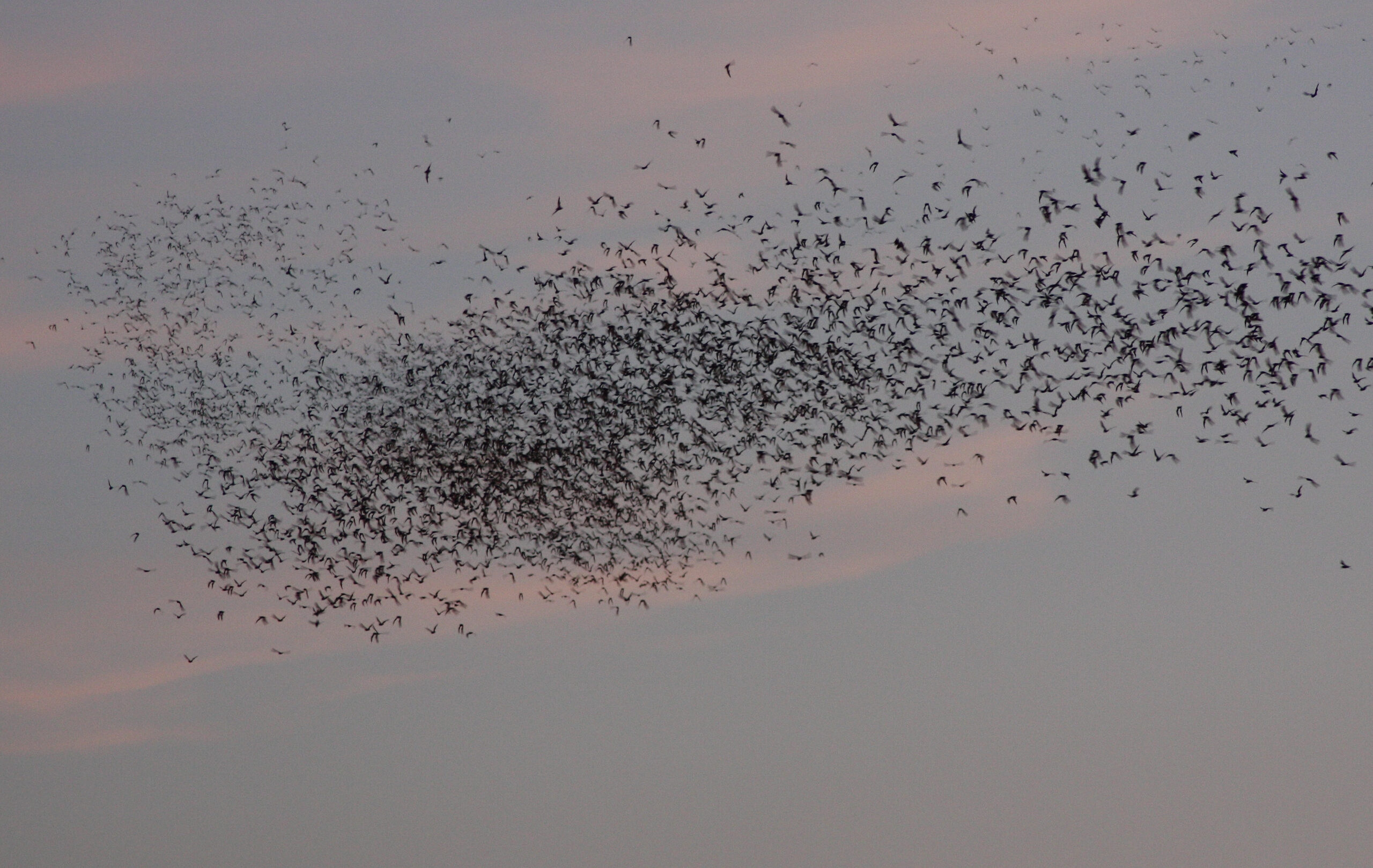Most lizards have a bona fide eye in the center of the top of their heads. It’s called the parietal eye because it is often surrounded by the parietal bones, but it’s also known as the pineal eye or third eye. Because it is small and covered with a scale, it is often barely noticeable. The parietal eye doesn’t form images and uses a biochemical method of light detection different than a regular eye, but it has a well-defined lens, cornea, and a layer of photosensitive cells (a retina). Although these cells can differentiate only between light and dark, the organ provides important functions as part of the pineal complex.

Western fence lizard
Parietal eyes may date to the earliest vertebrates. A fossil of a 400-million-year-old fish of the Devonian period, for example, has a socket in its skull that was probably a third eye. Lampreys, jawless primitive fish, have a pineal complex, suggesting that the structure is likely older than that. The function of the pineal complex in early vertebrate life is not known. It could have been an early evolutionary attempt in the detection of light. Perhaps it was used to evade predators or to synchronize behaviors within a species. Or maybe it was used to track the sun and thermoregulate (the ability to regulate exposure to sunlight to maintain a favorable internal temperature).
Fast forward to the evolution of mammals. Around 246 million years ago mammalian ancestors, which were reptile-like and had parietal eyes, shifted from ectothermic (cold-bloodedness) to endothermic (warm-bloodedness), and lost the parietal eye when they became warm-blooded. This suggests that the parietal eye was important for thermoregulation in cold-blooded animals (for example, lizards) but it became unnecessary in warm-blooded animals. Today, the parietal eye is still found in most lizards, lampreys, salamanders, frogs, sharks, some fish, and the tuatara. It is absent in birds (which are warm-blooded), many burrowing lizards and some nocturnal lizards (which wouldn’t benefit from a light-sensitive extra eye), many equatorial lizards, and absent in snakes (which likely evolved from a burrowing lizard with reduced limbs). The parietal eye was also lost in crocodilians, which are cold-blooded, but perhaps because they evolved in the tropics, where the length of the day doesn’t vary much and the temperature is usually warm, a third eye wasn’t very useful to them.

The parietal eye of this lizard is near the center of the photo.
The parietal eye sends information on duration and intensity of sunlight to the pineal gland, a pinecone-shaped organ of the brain that regulates body temperature, sleeping patterns, hibernation, reproductive synchrony, and other daily and seasonal biological rhythms. The parietal eye can see days getting longer and nights getting shorter, and as a consequence, the brain has a time-of-day clock and a calendar of seasons. Changing levels and durations of light set in motion the release of hormones, especially melatonin, which is produced both in the parietal eye and the pineal gland in response to darkness. Melatonin communicates information about environmental lighting to various parts of the body and influences thermoregulation, among other processes. Blocking or removing the parietal eye affects a lizard’s capacity to regulate body temperature—they emerge earlier in the morning, spend an excessive amount of time in sunlight, and increase their metabolism.
Although mammals have lost the parietal eye, almost all have a pineal gland. Certain cells in the retina of our eyes send light signals to the pineal gland, substituting for the role of photoreceptive cells of a parietal eye. These days, the risk of interfering with sleep due to the use of electronic screens before bedtime is often in the news. Melatonin is naturally released in the evening, helping you feel tired and ready for bed. But light from screens, especially blue light, causes the pineal gland to stop releasing melatonin. It’s often recommended that screens shouldn’t be used for a couple of hours before bedtime. You may recognize melatonin at work in other ways. In human babies, levels of melatonin become regular starting when the child is about three months of age; in teenagers nightly release of melatonin release is delayed, which plays a role in later bedtimes and delayed waking in the morning (so teenagers may have a good reason for sleeping in!); and melatonin production decreases as a person ages, leading to disruptions in sleep. Interestingly, crocodilians and a few mammals of tropical lineages (e.g., sloths, armadillos, anteaters, and manatees) don’t have a pineal gland, but melatonin is synthesized in other tissues. Cetaceans also are missing a pineal gland and may lack melatonin-regulated rhythmicity. Polar mammals, such as walruses and some seals, which experience big shifts in seasonal light, possess unusually large pineal glands.
In lizards, there is another function of the parietal eye—a built-in compass. It was long suspected that lizards with impaired parietal eyes had difficulties finding their home. In a series of clever experiments, researchers at the University of Ferrara in Italy demonstrated that a common European lizard called the ruin or Italian wall lizard used their parietal eyes like compasses (Foà, A., et al. 2009. Journal of Experimental Biology). First, the researchers set up a small outdoor swimming pool with a six-foot, featureless fence surrounding the pool so there were no visual points of reference for the lizards other than the position of the overhead sun. This standard experimental construct, called the Morris water-maze, is often used with rats to study spatial learning. In this case, lizards with the ability to swim were the subjects, and their goal was to find and use a platform to get out of the water. The lizards were trained to swim from the center of the pool, which was made opaque with flour, to a platform on the periphery of the pool. Once the lizards learned to find the platform, it was lowered so the top of the platform was just below the surface and was no longer visible. The lizards were released again in the center of the pool. Even with no visual cues, the lizards found the platform. In the next experiment, the researchers placed the lizards in environmental chambers with artificial light for one week. The light was shifted either six hours forward or six hours backward from real time. When these lizards were released into the pool, the lizards whose internal clocks were shifted back six hours thought the platform was further to the right, while the ones whose clocks were shifted forward thought the platform was further to the left, as would be expected if they used the sun to navigate. The lizards couldn’t find the platform because the sun wasn’t where they expected it to be. In the next experiment, the researchers covered the lizards’ parietal eyes. This time, the lizards swam around at random, apparently without a clue where the platform was located. Without the ability to sense the position of the sun, the lizards didn’t know where to look for the platform. These experiments proved the parietal eye served as a compass.
In subsequent experiments, the researchers demonstrated that the parietal eye could detect polarized light in the blue range. This allowed the lizards to orient even on cloudy days. There was no evidence that the lateral eyes of the lizards were sensitive to polarized light. Specialized functions of the parietal eye, including orientation and homing ability, could be the driving force for retention of the parietal eye by lizards. There is more to these lizards than meets the (third) eye.
Photos: M. Davis
Featured photo: iStock




